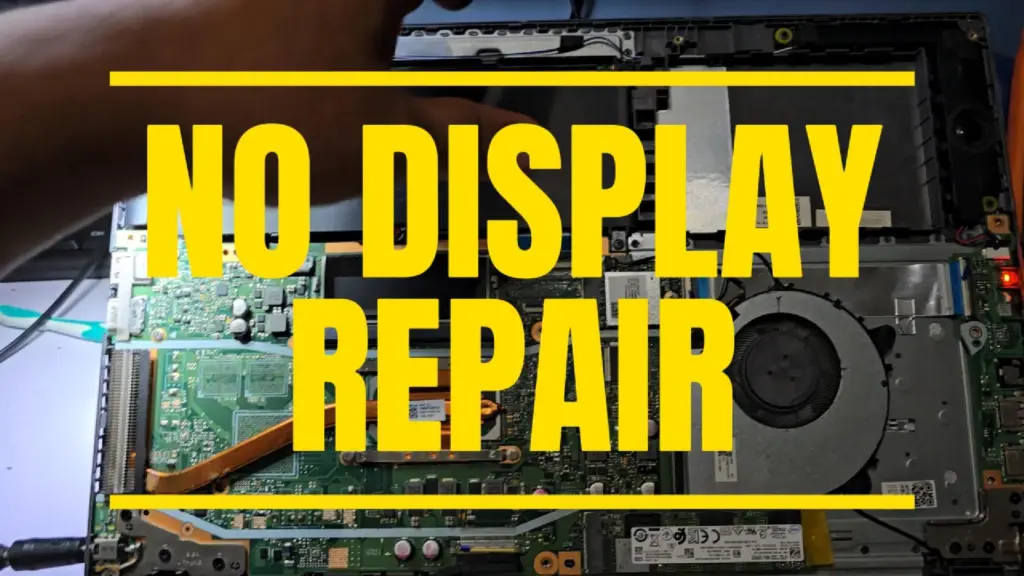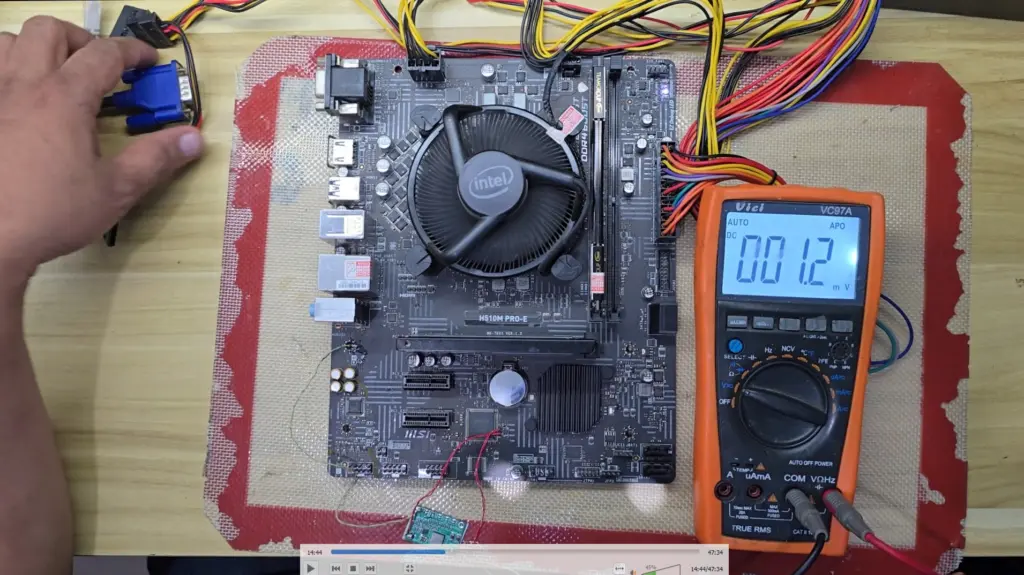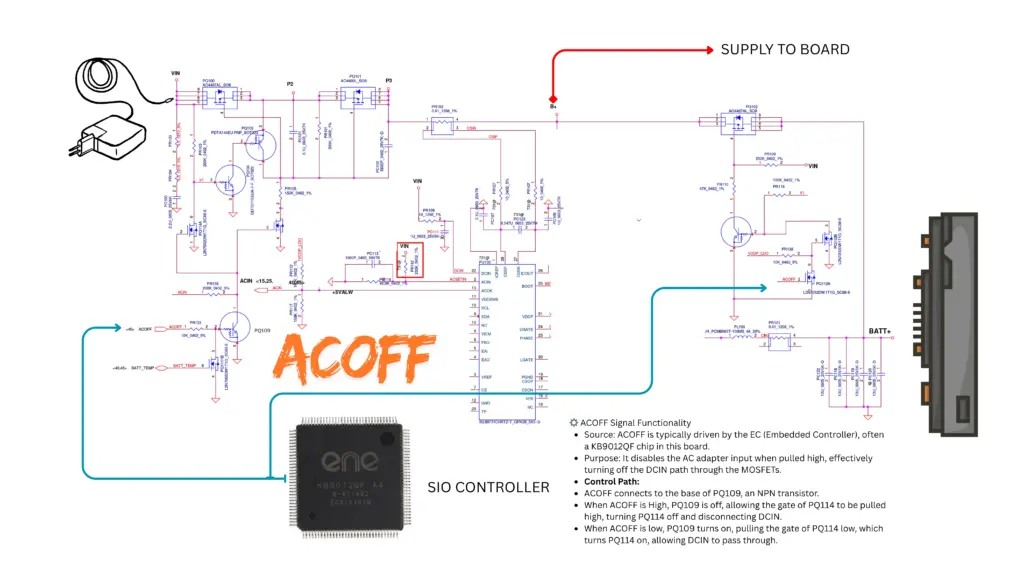HOW TO KNOW THE CAUSE OF BATTERY NOT CHARGING
🔌 ACFET and RBFET in the DCIN Section
In a typical laptop motherboard, the DCIN section is where external power (from the adapter or charger) enters the system. Two key MOSFETs — ACFET and RBFET — play crucial roles in managing this power safely and intelligently.
⚡ ACFET (Adapter Current FET)
Function:
- Controls power flow from the AC adapter to the system.
- Acts as a reverse-blocking switch to prevent current from flowing back into the adapter.
- Often the first FET in the DCIN path, placed between the adapter jack and the system power rail.
Key Roles:
- Reverse voltage protection: Blocks current if the adapter is plugged in with reverse polarity.
- Soft-start control: Prevents inrush current when the adapter is first connected.
- Adapter detection: Helps the charger IC determine if a valid adapter is present.
🔋 RBFET (Reverse Blocking FET)
Function:
- Prevents battery power from flowing back into the adapter path.
- Usually placed between the system power rail and the battery charging path.
Key Roles:
- Reverse current protection: Ensures that battery power doesn’t leak into the adapter line (especially if the adapter is unplugged).
- Seamless power switching: Works with ACFET to allow smooth transition between adapter and battery power without glitches.
🧠 How They Work Together
🛠️ Diagnostic Tip for Training
- ACFET Gate Control: Check the gate voltage (often driven by the charger IC like BQ24780, ISL95836, etc.). It should be higher than source to turn ON.
- RBFET Behavior: If system doesn’t power on from battery, check if RBFET is conducting — gate voltage should be properly biased





Responses